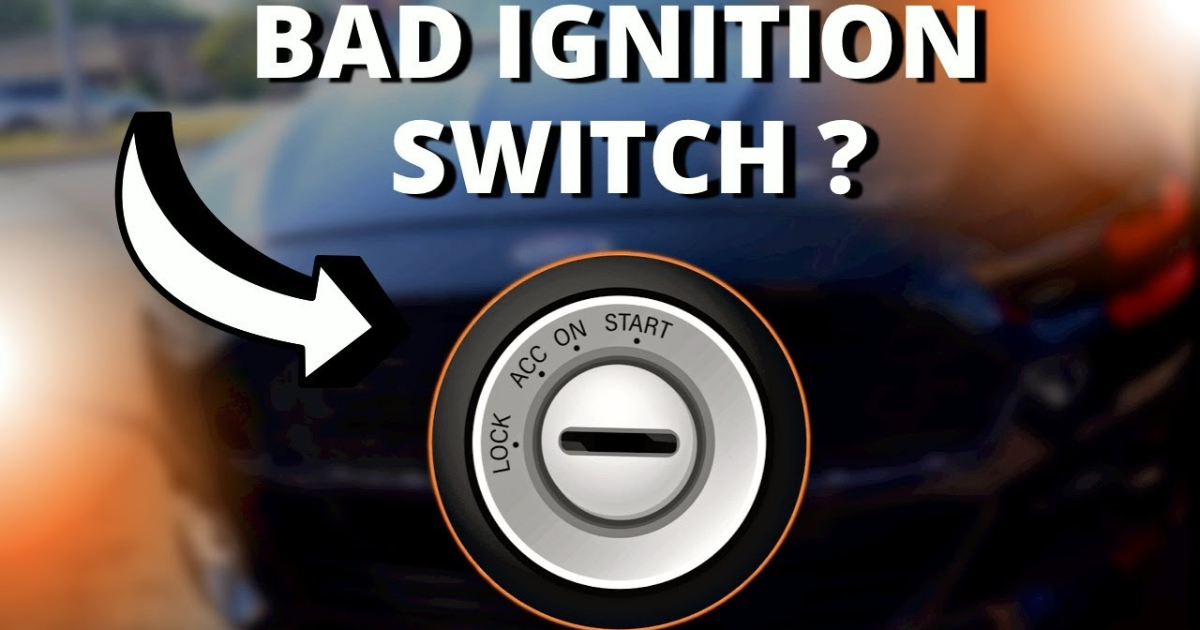The ignition switch is a crucial component of your vehicle’s electrical system. It controls the flow of electrical current to the starter motor, ignition system, and accessories. If your vehicle’s ignition switch fails, it can be frustrating and inconvenient. However, knowing how to wire an ignition switch and identifying the correct wires can save you time and money.

What wires go to the ignition switch?
Most modern vehicles have four wires that connect to the ignition switch. These wires are:
- BATT (Battery): This wire connects to the battery terminal and supplies power to the ignition switch. It is usually a thick red wire.
- IGN (Ignition Input): This wire controls the power to the ignition and other electrical components. It is usually a red or yellow wire.
- ST (Starter): This wire sends power to the starter solenoid to start the engine. It is usually a yellow or brown wire.
- ACC (Accessory): This wire supplies power to the car accessories like the radio, lights, and windshield wiper when the ignition switch is in the accessory position. It is usually a purple wire.
How to wire an ignition switch step by step
- Park the vehicle on level ground and turn off the engine.
- Locate the ignition switch and the four terminals labeled BATT, IGN, ST, and ACC.
- Disconnect the negative terminal on the battery to prevent electrical shock.
- Remove any steering wheel trims that may be obstructing access to the ignition switch.
- Disassemble the steering wheel to access the ignition switch. Consult your vehicle’s repair manual for instructions.
- Unlock the hooks on the ignition module cover and remove it to access the ignition switch.
- Set the key in the ignition and turn it to the accessory position to release it from the ignition module.
- Release the pins that secure the ignition switch and pull it out from its position.
- Check the switch for any issues and determine if it needs to be rebuilt or replaced.
- Identify the positive power lead from the battery to the ignition switch. It is usually a thick red wire.
- Attach the positive power lead wire to the BATT terminal of the ignition switch.
- Install the accessory lead wire to the ACC terminal of the ignition switch.
- Connect the starter relay wire to the ST terminal of the ignition switch.
- Attach the ignition wire to the IGN terminal of the vehicle’s ignition switch.
- Reinstall the ignition switch, making sure to line up the release pin and the grooves in the ignition module.
- Test the ignition switch by reconnecting the battery and attempting to start the engine.
- Reassemble the steering wheel and any trim that was removed.





